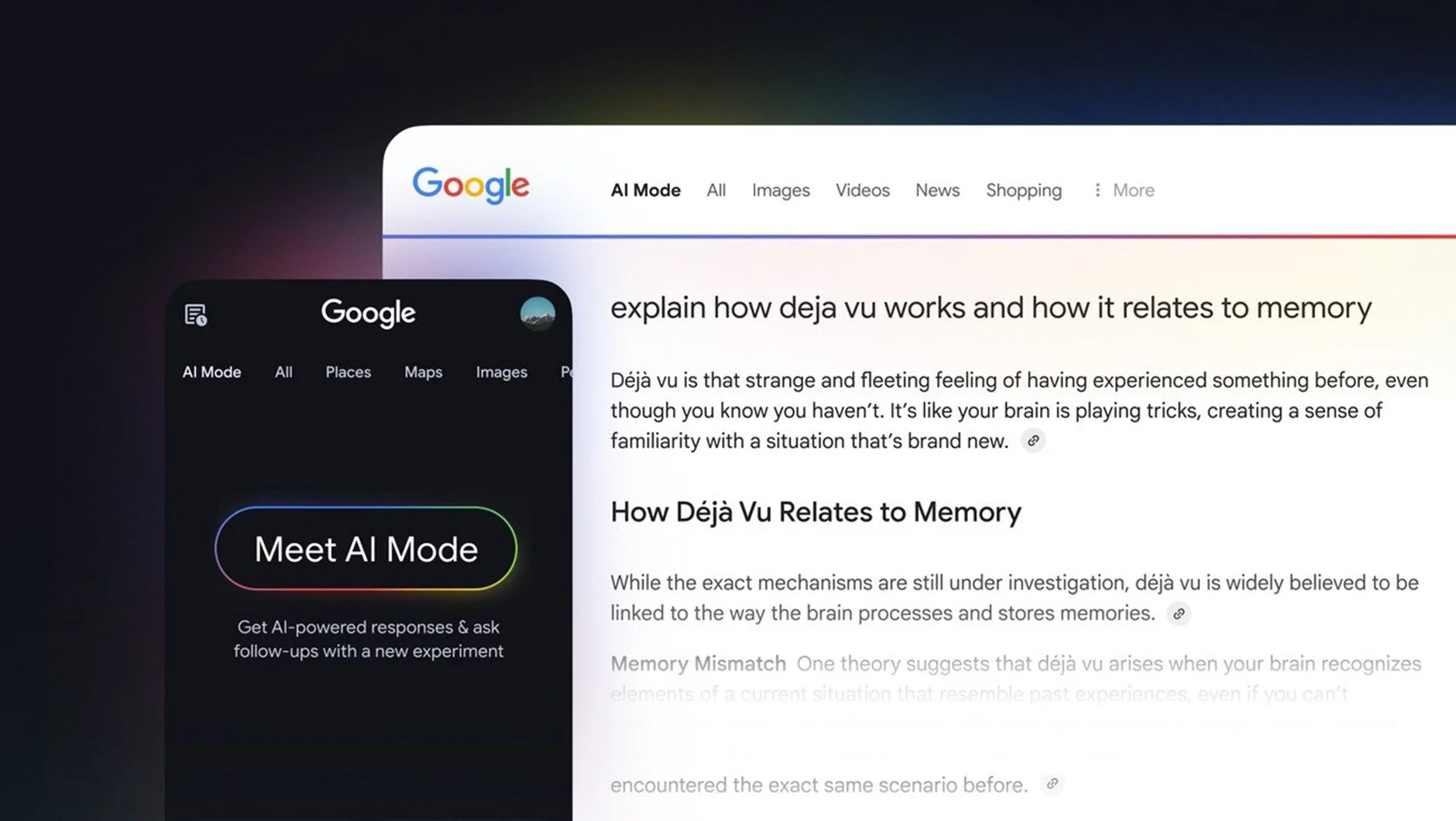Why everyone hates Comic Sans
Ah, Comic Sans. The mere mention of this embattled font - let alone spotting it in the wild - can reduce even the most stoic graphic designer to tears of rage.
Ask Google about the font’s controversy and you may see a list of related queries, including:
Is it ever okay to use Comic Sans?
Why is Comic Sans so hated?
Will I be fired for using Comic Sans?
While some view it as quirky and playful, Comic Sans is, for many, a symbol of bad taste and amateurism in typography. But rather than pile on the mockery for an oft-memed font, let's instead discuss the bigger picture at play: the need for thoughtful typography that properly conveys your brand’s value and personality.
A brief history of Comic Sans
Comic Sans was created in the early 1990s by a Microsoft type designer named Vincent Connare. Its design was inspired by the punchy style of handwritten lettering in comic book speech bubbles, hence the name.
The font’s informal handwritten appearance made it appealing to many users, especially those creating easy-to-read documents and applications for children. However, its widespread availability soon led to its overuse in more professional contexts where its whimsical style led to an association with poor typographical taste.
In the years since the font’s creation, ‘everybody hates Comic Sans’ has become something of a truism. Despite the efforts of a few ardent defenders, the font’s usage has been largely relegated to satire.
Misplaced frustration?
It's important to consider that the vitriol directed towards Comic Sans might be somewhat misplaced, not to mention overblown. Connare didn’t design the font for universal usage, but to function in specific uses. In fact, the British Dyslexia Association recently endorsed Comic Sans as an accessible font for dyslexic learners*.
A wider debate about Comic Sans has less to do with the font’s merits (or lack thereof), but how its controversial history underscores the need for prudent, strategic typography choices - particularly when it comes to effective branding and marketing.
The importance of thoughtful typography
Typography is not merely about selecting ‘pretty’ fonts; it’s about choosing typefaces that align with your brand’s personality, tone of voice, and the kinds of conversations you wish to have with your customers.
Different typefaces evoke a range of emotions and convey distinct messages. Serif fonts like Times New Roman are often associated with tradition, authority, and expertise, while sans serif fonts like Calibri (and The-Font-That-Must-Not-Be-Named) are considered more casual and accessible. Sans serif is also the top choice for readability and comprehension, which is why you’re probably not going to see a Way Out sign written in elegant cursive.
But there’s even more to it than that. Just like choice of logo, colours and tone of voice offer a tactile impression of a brand’s personality, typography provides a similar opportunity to illustrate your brand’s character — to show, not tell.
Consider these examples. Which font style do you feel best complements and enhances the relevant word?
By considering content, audience and context, brands can select typefaces that add more character and clarity to their messaging. Thus, the Comic Sans saga serves as a cheeky reminder of how typography influences brand perception and engagement.
But please, don’t get us started on PAPYRUS.
*https://www.bdadyslexia.org.uk/advice/employers/creating-a-dyslexia-friendly-workplace/dyslexia-friendly-style-guideRyan McCarvill
Ryan is our Content Creator at Accord, working on a wide variety of brand communications and briefs.













